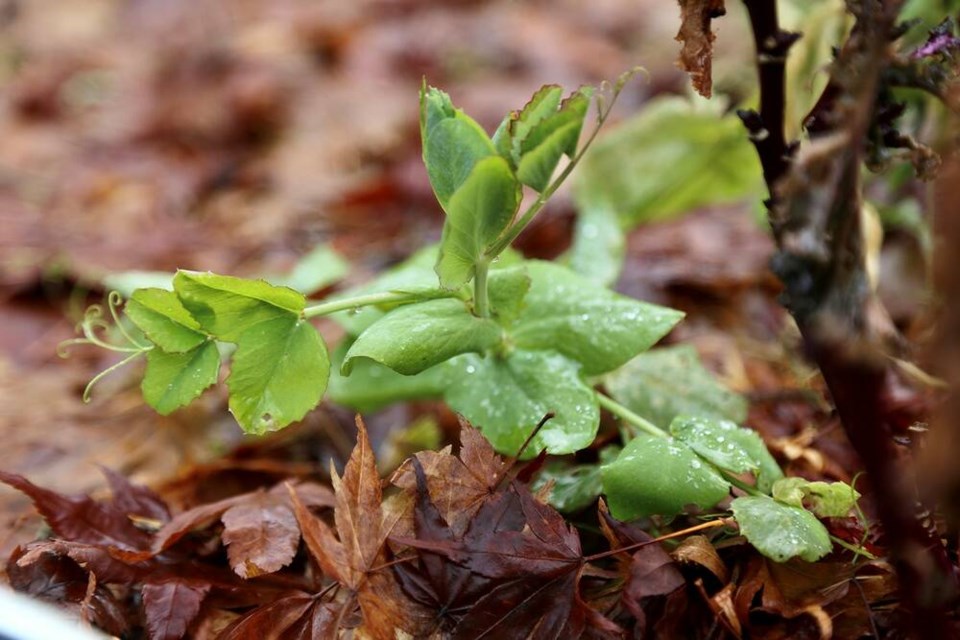As a permaculture designer I am transfixed by climate change over time. Of particular interest are the cool animations that illustrate global temperature, emissions, Arctic sea ice, carbon cycling and storm anomalies that the California-based, non-profit research organization Berkeley Earth hosts online.
We might well be miles ahead in our race to overtake the climate emergency, if we checked-in daily. But admittedly, climate isn’t as sexy as politics and the price of eggs.
The unglamorous news is that January 2025 was the warmest January since directly measured instrumental records began in 1850. According to Berkeley Earth, January 2025 was measured at 1.64 ± 0.11 C (2.95 ± 0.19 F) above the corresponding 1850 to 1900 average. This is 0.09 C (0.16 F) warmer than the January 2024 record.
Of note, and alarmingly, this January marks the 19th consecutive month with global average temperatures at least 1.5 C warmer than the corresponding 1850 to 1900 monthly average. Paris Agreement targets relate to current 20 year averages, but the upward trend is indisputable. Nothing short of a kick-in-the-butt wake up call.
Indeed we have “arrived” at the forewarned climate emergency.
Politics does not lend itself to the making of unpopular hard decisions, so it falls to us citizens to act, optimistically, at home.
At this time of year, gardeners are ordering seeds or starting seeds indoors for planting out in the spring. This seemingly simple act has become quite nuanced, as record-setting climate anomalies devastate crop after crop and introduce new and unseasonal pest pressures.
One of my climate adaptations is to lean more heavily than ever on locally saved seeds, especially those hardy heirloom varieties that arrived long ago with families immigrating from challenging climates. While the slow creep in average global temperatures may seem incidental, it is the increased prevalence of systemic extreme and unseasonal weather events that have impacted food crops.
Shortly before checking out of my online seed catalogue shopping carts recently – having slept on the delicious possibility of growing Fort Portal jade beans from Uganda – I deleted all exotics and focused exclusively on cold- and drought-tolerant flower, vegetable and berry seeds that have been adapting to Canadian temperature extremes over time, often centuries.
Last winter, I ordered seeds for hardy peas that came to North America from sub-polar Northern England in the 1850s. Just this morning, during my daily garden walk-about, I met these same determined late summer-planted peas. Tendrils of new growth curling up through the leaf litter, calling me and the pea-loving finches alongside for a snack. My reward, I am sure, for sleeping on temptation.
My sensible 2025 seed order contains a variety of red kale, introduced to Canada by Russian traders prior to 1885, and Russian Prince George tomato, also from Russia, ice-bred arugula, and early maturing Yukon chief corn introduced in 1958 by the University of Alaska.
Other favourites like Manitoba tomatoes and sweet Siberian melon arrived to Canada from short growing season geographies as well. Due to their original genetics, these plants thrive in extreme heat as well, without any special treatment, and in my experience without pest pressure.
An even better hedge against seed uncertainty may be to order climate resilient varieties from the B.C. Eco Seed Co-op, a producers’ co-operative providing 100-per-cent B.C.-grown vegetable, herb, flower and grain seeds. They are ecologically grown and certified organic, open-pollinated, regionally selected and GE-free – all saved by B.C. climate-savvy co-op members on farms across the province.
My money is staying home.
Laura Marie Neubert is a West Vancouver-based urban permaculture designer. Follow her on Instagram @upfrontandbeautiful, learn more about permaculture by visiting her Upfront & Beautiful website or email your questions to her here.
For a taste of permaculture, watch the video below:



